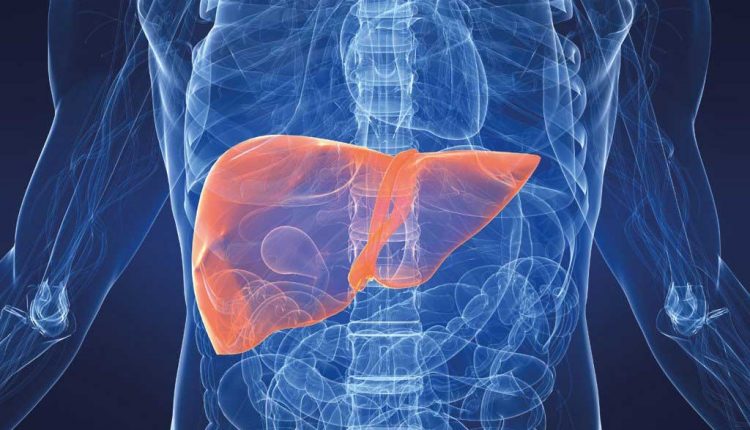
Hepatocarcinoma: symptoms, diagnosis and treatment of liver cancer
Liver cancer, or hepatocarcinoma, is one of the most common cancers in the world and ranks among the sad list of the most frequent causes of death from cancer in Italy, with a steady increase over the last 30 years
More than 95% of liver cancer patients are cirrhotic, and in about 5% of cirrhosis cases the course of the disease leads to liver cancer.
What causes liver cancer and how it can be prevented
One of the causes of liver cancer is cirrhosis.
In more than half of all cases, cirrhosis develops as a result of the hepatitis B virus or hepatitis C, the rest mainly from alcohol abuse.
In Italy, carriers of the hepatitis B virus number about one million, while there are about one and a half million carriers of hepatitis C.
To stop this endemic of cirrhosis, which then inevitably leads to liver cancer, there is no doubt: we must above all act on the prevention front.
In essence, therefore, one must act upstream and stop cirrhosis from developing.
Until a few years ago, one was practically powerless against the Hepatitis B virus.
But today, thanks to drugs similar to those used against the HIV virus, it is possible to block the replication of the virus in more than 95% of cases.
The case of the C virus is more complicated, and only a particular combination of two drugs succeeds in blocking virus replication in about 60% of cases.
In the case of hepatitis C, in addition to the traditional treatments, which are pegylated interferon and ribavirin, there are promising new antiviral drugs that can be summarised in three groups
- protease inhibitors;
- the HCV-polymerase inhibitors;
- cyclophilin inhibitors.
By acting in this way, it is therefore possible to nip cirrhosis in the bud and also prevent liver cancer.
Of course, a very effective preventive approach is mass vaccination for the hepatitis B virus, a practice that has been compulsory in Italy since 1991.
Another possibility is secondary prevention, which is implemented by checking the blood of cirrhotics every six months and with liver ultrasound.
In this way, liver tumours can be detected early.
Percutaneous liver cancer therapies
The therapeutic arsenal of oncologists is now enriched with two new weapons capable of keeping liver cancer under control more and more effectively.
These are two locoregional treatment techniques, i.e. concentrated on the area of the body affected by the disease, which in this case is the liver.
The most effective treatments for patients with hepatocarcinoma who cannot be referred for liver transplantation are basically of two types:
- the first method is the inoculation inside the tumour of 98% alcohol, under ultrasound guidance. Alcohol is known to kill liver cells, which is why it is harmful and should be discouraged. However, alcohol becomes useful for killing only diseased cells when it is used in a very targeted manner.
- The second method for killing cancer cells uses electromagnetic waves and is called radiofrequency thermoablation. This technique involves the use of needles that emit radio waves at a particular wavelength that cause necrosis, i.e. death, of the cells affected by the tumour. In other words, it ‘burns’ the tumour cells. Again, ultrasound techniques are used to direct the needle.
Both methods have the characteristic of being percutaneous, i.e. the doctors operate with the abdomen closed under local anaesthesia, which represents a major step forward for the well-being of patients.
These locoregional treatments are particularly important because they significantly slow down tumour growth in patients who cannot undergo transplantation, the only method that guarantees both a cure of the cancer and of the cirrhosis that caused it.
Patients on the transplant waiting list can also benefit.
If the tumour appears during this wait, in fact, it is possible to halt its progression and prevent the patient’s condition from worsening, allowing him to remain on the list.
And this naturally increases the likelihood that the patient will be completely cured by the transplant.
Read Also:
Emergency Live Even More…Live: Download The New Free App Of Your Newspaper For IOS And Android
Hepatic Distomatosis: Transmission And Manifestation Of This Parasitosis
Liver Cirrhosis: Causes And Symptoms
Benign Tumours Of The Liver: We Discover Angioma, Focal Nodular Hyperplasia, Adenoma And Cysts
Acute Liver Failure In Childhood: Liver Malfunction In Children
The Different Types Of Hepatitis: Prevention And Treatment
Acute Hepatitis And Kidney Injury Due To Energy Drink Consuption: Case Report
New York, Mount Sinai Researchers Publish Study On Liver Disease In World Trade Center Rescuers
Acute Hepatitis Cases In Children: Learning About Viral Hepatitis
Hepatic Steatosis: Causes And Treatment Of Fatty Liver
Hepatopathy: Non-Invasive Tests To Assess Liver Disease
Liver: What Is Non-Alcoholic Steatohepatitis



